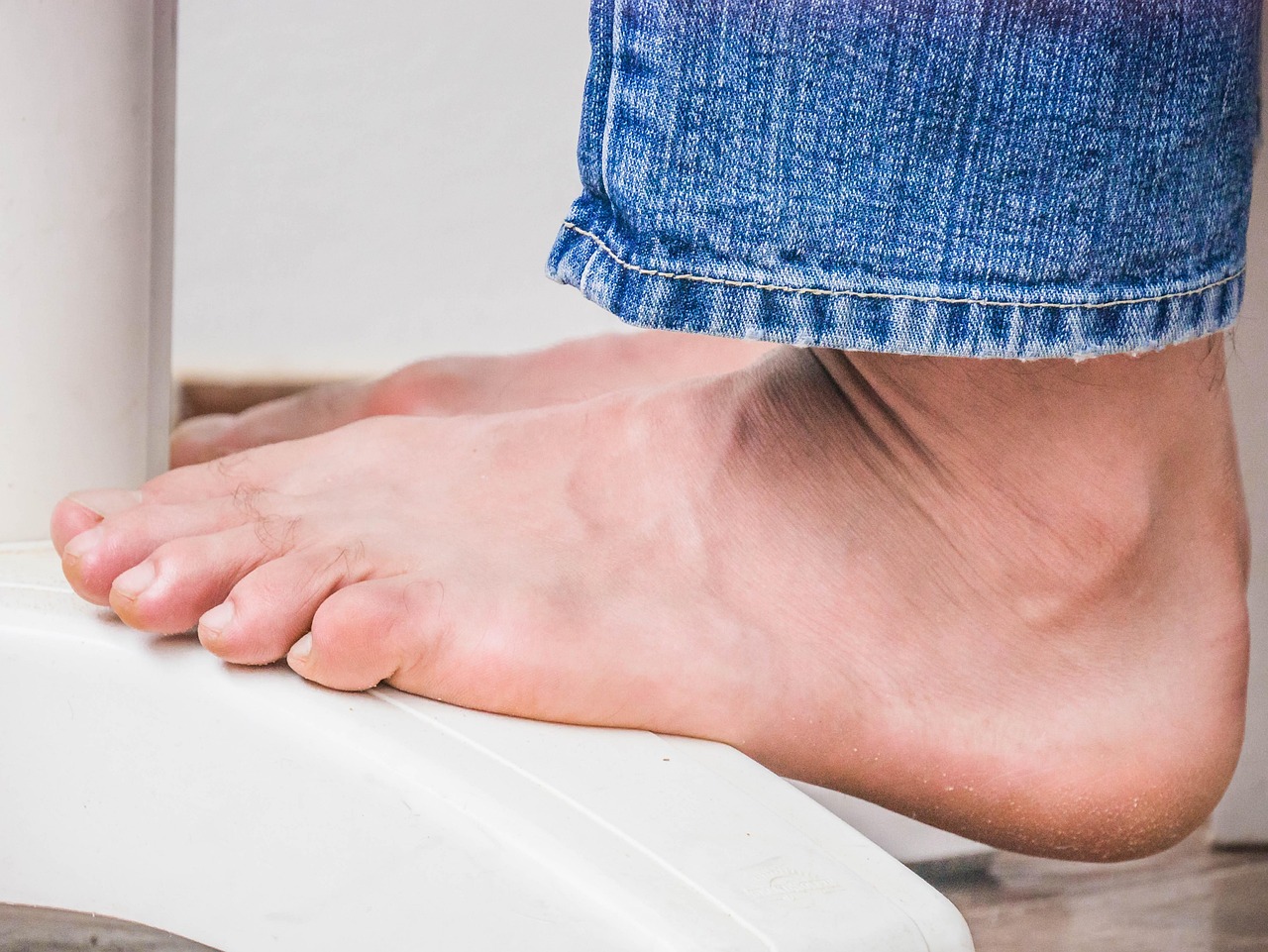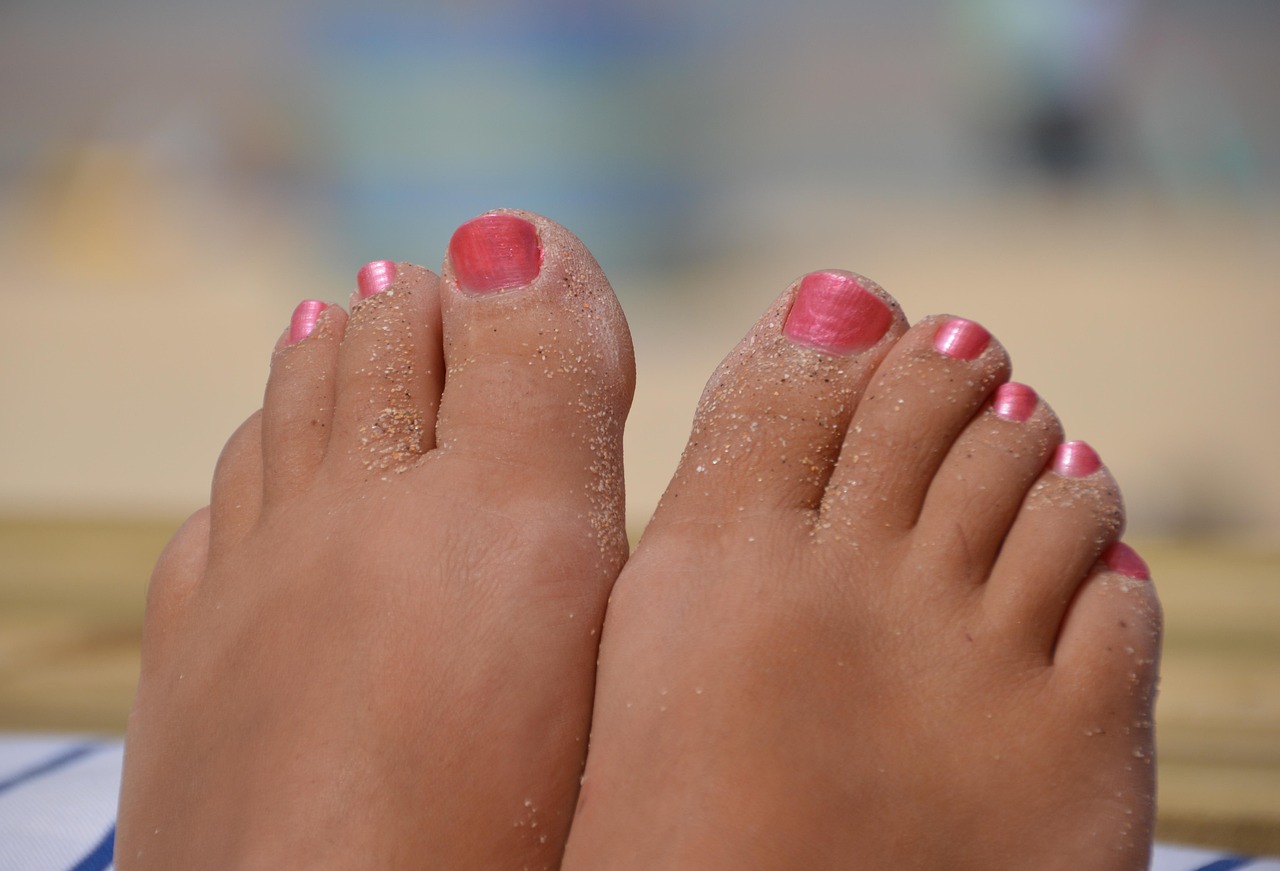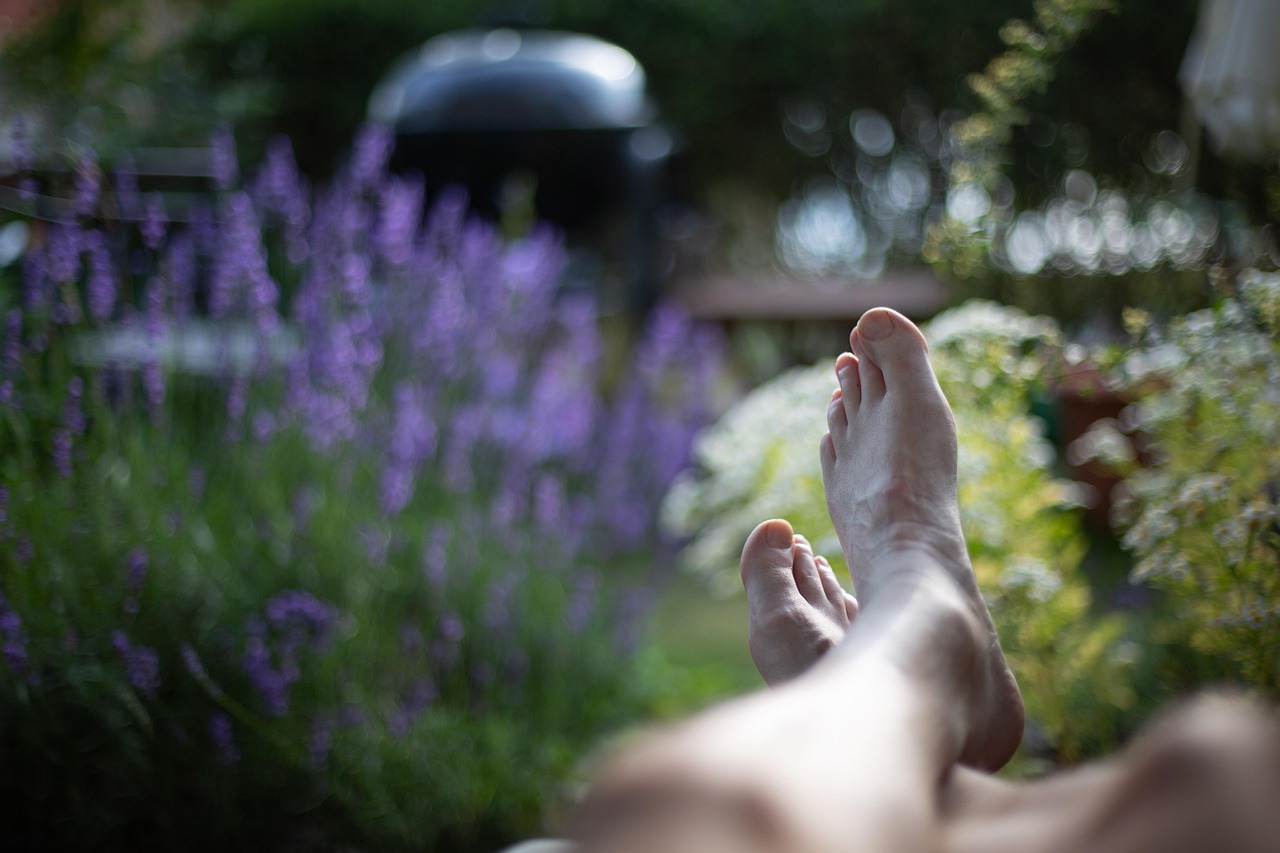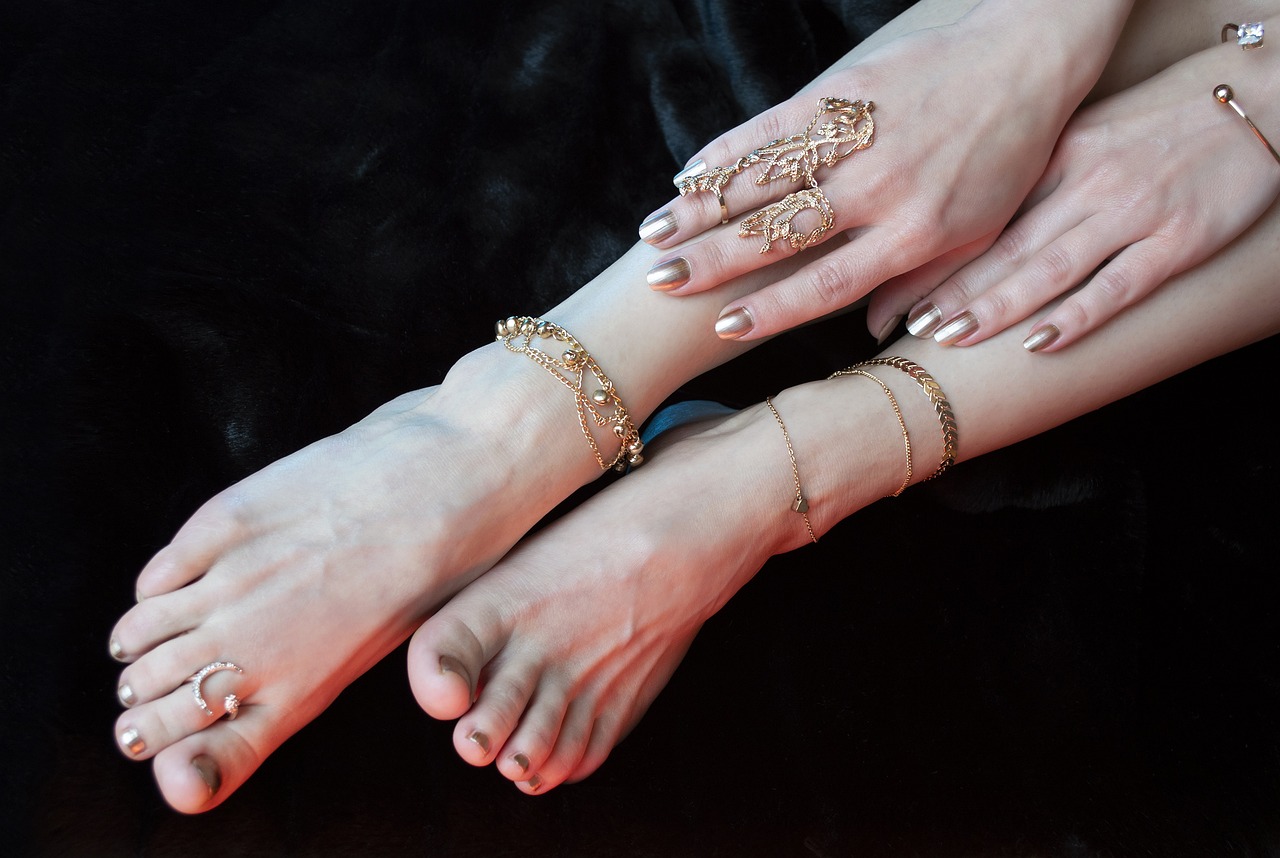Relieve, restore, and protect your feet after a long day in uncomfortable footwear.
We’ve all been there — a long day in shoes that look great but feel like torture. Whether it’s heels that pinch, sneakers that rub, or dress shoes that don’t quite fit right, tight footwear puts stress on your feet, especially your heels, arches, and toes.
Wearing tight shoes for extended periods can lead to blisters, redness, dry patches, pressure marks, and even cracked heels. But the damage doesn’t have to be permanent — with the right aftercare, you can calm irritation, rehydrate your skin, and prevent long-term problems.
In this guide, we’ll walk through how to care for your feet after wearing tight shoes — using smart steps and effective products from The Beauty Pure.
Table of Contents
Toggle🧨 What Tight Shoes Do to Your Feet
- Restrict circulation, which limits oxygen and nutrients to the skin
- Cause excess friction, leading to dry patches, blisters, and rough heels
- Trap heat and sweat, creating moisture imbalance
- Increase pressure on heel skin, which can cause or worsen cracking
- Can lead to long-term hardening and even foot deformities if habitual
👣 Immediate Foot Recovery After Removing Tight Shoes
✅ Step 1: Soak & Soften
Fill a basin with lukewarm water (not hot!) and soak your feet for 10–15 minutes.
Optional: Add gentle soap or Epsom salts to help relax tension and reduce swelling.
Benefits:
- Softens hardened or compressed skin
- Prepares skin for deeper hydration
- Relieves discomfort in arches and heels
✅ Step 2: Pat Dry and Check for Damage
After soaking:
- Dry feet gently with a clean towel
- Inspect heels and toes for red spots, dry cracks, or broken skin
- Avoid rubbing or peeling any irritated areas
✅ Step 3: Apply a Replenishing Foot Cream
Tight shoes dry out the skin barrier — especially around the heel and sides of the foot.
Use a deep repair product like:
👉 Lapitak Cream for Cracked Heels
- Rich in urea, glycerin, and panthenol
- Heals cracked or overworked skin
- Soothes redness and irritation
Massage into the heel, sole, and pressure points.
✅ Step 4: Lock in Moisture Overnight
- Put on soft cotton socks after applying cream
- Keep your feet slightly elevated if there’s swelling
- Let the product work overnight to restore elasticity and hydration
🌿 Additional Tips for Ongoing Relief
🧴 Use Daily Moisturizer
Prevent buildup and pressure-related dryness with a lighter, daily cream:
👉 Lapitak Foot Care Cream
👟 Alternate Your Shoes
- Don’t wear the same pair two days in a row
- Use breathable insoles to minimize friction
- Make sure your shoes are the right size and allow toe movement
🧽 Exfoliate Gently (1–2 times per week)
Use a pumice stone to remove dead skin caused by rubbing or pressure.
Always exfoliate on clean, softened skin and follow up with moisturizer.
🧠 Watch for Repeated Damage
If a specific pair of shoes consistently causes discomfort, consider:
- Using heel or toe protectors
- Stretching the shoes
- Replacing them with a better fit — fashion should never compromise foot health
🚨 When to Be Extra Cautious
If you experience:
- Persistent heel cracks
- Loss of feeling or numbness
- Open sores that won’t heal
…you may need to consult a podiatrist — especially if you have diabetes or circulation issues.
Final Thoughts: Don’t Let Tight Shoes Undo Your Foot Health
Looking stylish doesn’t have to come at the cost of damaged heels or painful skin. With the right care, you can undo the effects of tight shoes, restore comfort, and prevent long-term problems — all in just a few minutes a day.
👉 Explore The Beauty Pure for expert foot care products that bring relief, repair, and rejuvenation to your heels — even after the tightest shoes.





